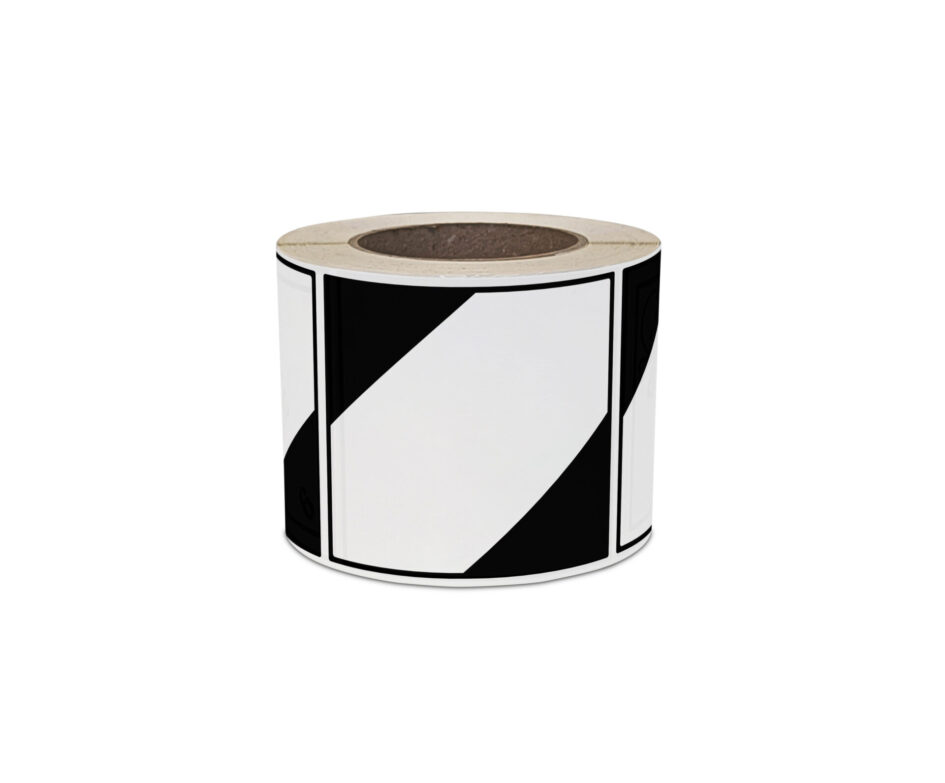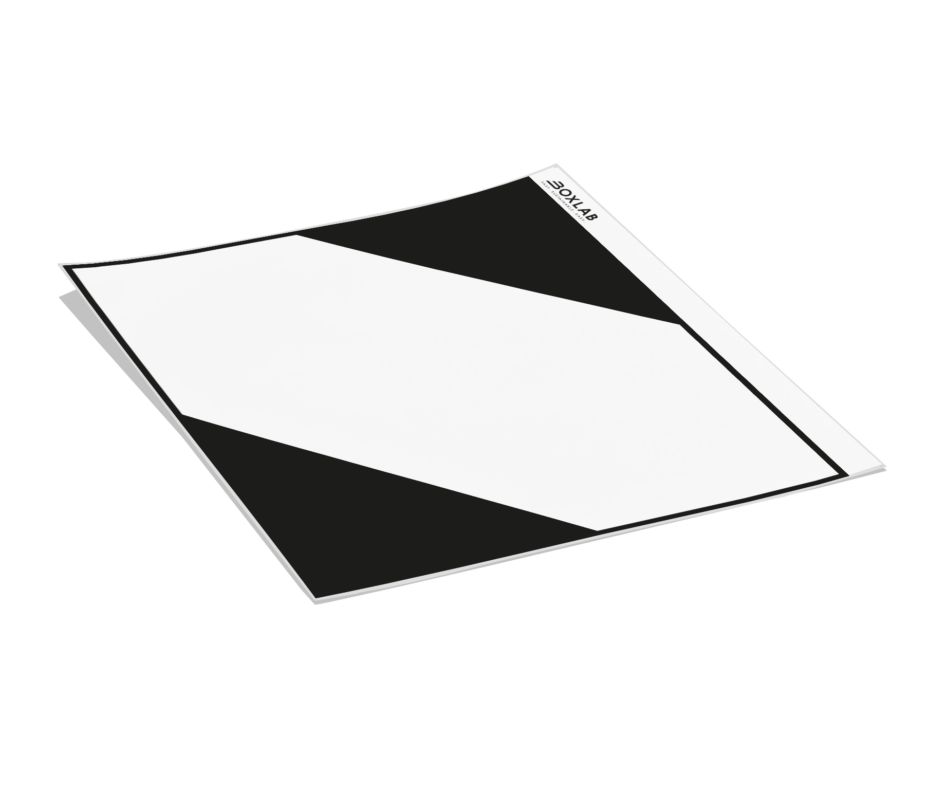Definition: The Limited Quantity (LQ) is a special regulation in dangerous goods legislation that allows the transportation of small quantities of dangerous goods under simplified regulations. These quantities are so small that the risk during transportation is classified as acceptable. The exact quantity limits and regulations are set out in international regulations such as ADR, IMDG, IATA and RID.
Transporting limited quantities
The transportation of dangerous goods is subject to strict regulations in order to ensure the safety of people and the environment. Limited Quantities (LQ) play a special role in this regard, as they make transportation easier under certain conditions. This article provides a detailed overview of the definition, labeling, packaging and advantages of shipping dangerous goods in limited quantities.
What are Limited Quantities (LQ)?
Limited quantities refer to specified maximum quantities of dangerous goods that may be transported in a single shipping package. These quantities are calculated to minimize the risk during transport. The specific limits vary depending on the hazard class and substance and are defined in the relevant dangerous goods regulations, such as the ADR (European Agreement concerning the International Carriage of Dangerous Goods by Road).



Requirements for transportation in limited quantities
The following conditions must be met in order to ship dangerous goods as limited quantities:
Compliance with the quantity limits:
The maximum quantities per inner packaging and package specified in the regulations must not be exceeded.
Suitable packaging:
The hazardous goods must be packed in approved inner packaging and placed in suitable outer packaging that meets the requirements of the relevant transport regulations.
Labeling:
Each package must be marked with the special LQ mark, which consists of an upside-down square with a black frame and a side length of at least 100 mm.
Safety data sheet:
An up-to-date safety data sheet should be attached to provide relevant information in an emergency.
Advantages of shipping in limited quantities
Shipping dangerous goods in limited quantities offers several advantages:
- Lightened regulations: Less stringent regulations regarding documentation and labeling apply, which reduces the administrative burden.
- Cost efficiency: The simplified requirements can reduce transport costs.
- Flexibility: Smaller quantities can be shipped more easily and quickly, which is particularly advantageous for retail and e-commerce.
Important information for shipping in limited quantities
- Training: All people involved in transport should be appropriately trained to correctly apply the regulations.
- Review of regulations: As the regulations are updated regularly, it is important to stay up to date.
- Transport safety: Despite the simplifications, safety must always be guaranteed during transport.
Shipping dangerous goods in limited quantities offers companies the opportunity to transport their products efficiently and safely. However, it is essential to know and comply with the applicable regulations in order to minimize risks and ensure a smooth process.
FAQ
What does Limited Quantity (LQ) mean?
Limited quantity refers to the transportation of small quantities of dangerous goods, which may be transported under simplified regulations due to the small quantity.
Wie muss LQ gekennzeichnet werden?
Packages are marked with a square placed on top (100 x 100 mm). A similar symbol with a “Y” in the middle is used for air transport (IATA). Vehicles and containers above certain quantities require a 250 x 250 mm placard.
Which dangerous goods classes may be shipped as LQ?
Not all dangerous goods classes are approved for LQ. The exact provisions can be found in the ADR, IATA and IMDG regulations.
Are there quantity limits for QL shipping?
Yes, depending on the dangerous goods class, there are specific limits per inner and outer packaging.
What are the advantages of shipping as LQ?
Easier labeling, fewer documentation requirements and reduced costs are the biggest advantages.
Where do I get LQ labels?
BOXLAB Services offers legally compliant LQ license plates in the common formats 100x100mm, 250x250mm and 50x50mm:
Labeling errors: an often underestimated risk
Many retailers underestimate the importance of correct labeling. Common problems arise from:
- Missing labeling: This is a clear violation of legal regulations.
- Incorrect label formats or layouts: Labels that do not meet applicable standards (e.g. incorrect size, inappropriate colors or symbols) may also be subject to complaint. Incorrect labeling is legally assessed in the same way as completely missing labeling.
- Illegible or damaged labels: These can also be considered inadmissible and mean that the dangerous goods may not be transported.
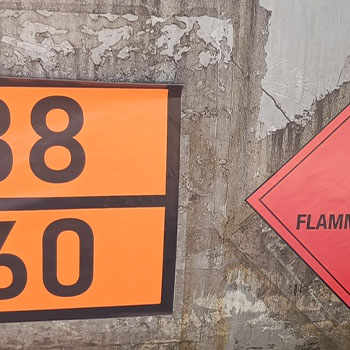
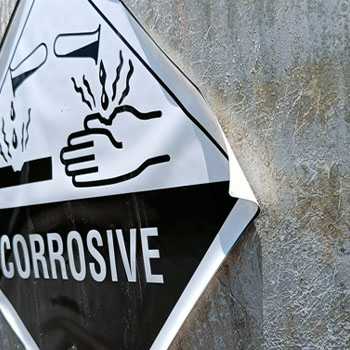
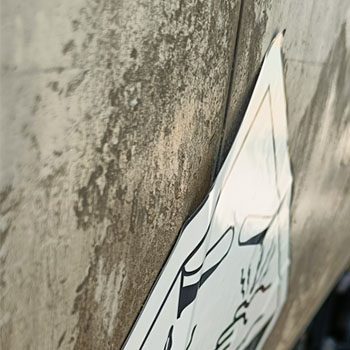
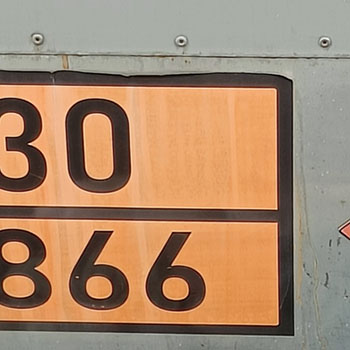
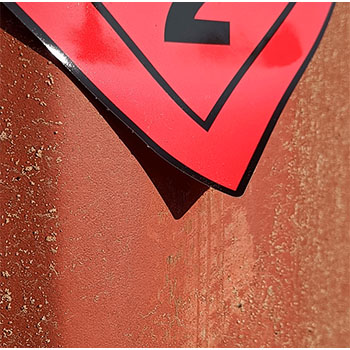
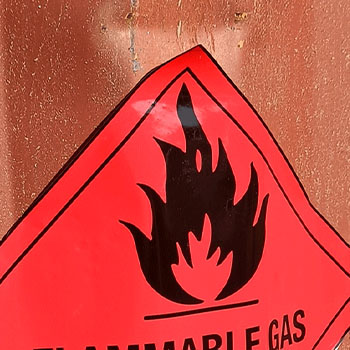
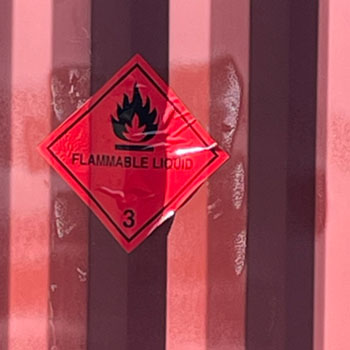
Consequences of violations
- Fines: These apply not only for missing labeling, but also for incorrect labeling.
- Legal liability: Incorrect labeling can lead to accidents for which the dealer will be held liable.
- Loss of image: Such mistakes can permanently damage customer trust.
Get free advice now
Contact us today to find out more about our hazardous goods labels and other intralogistics solutions and to arrange a personal appointment.
